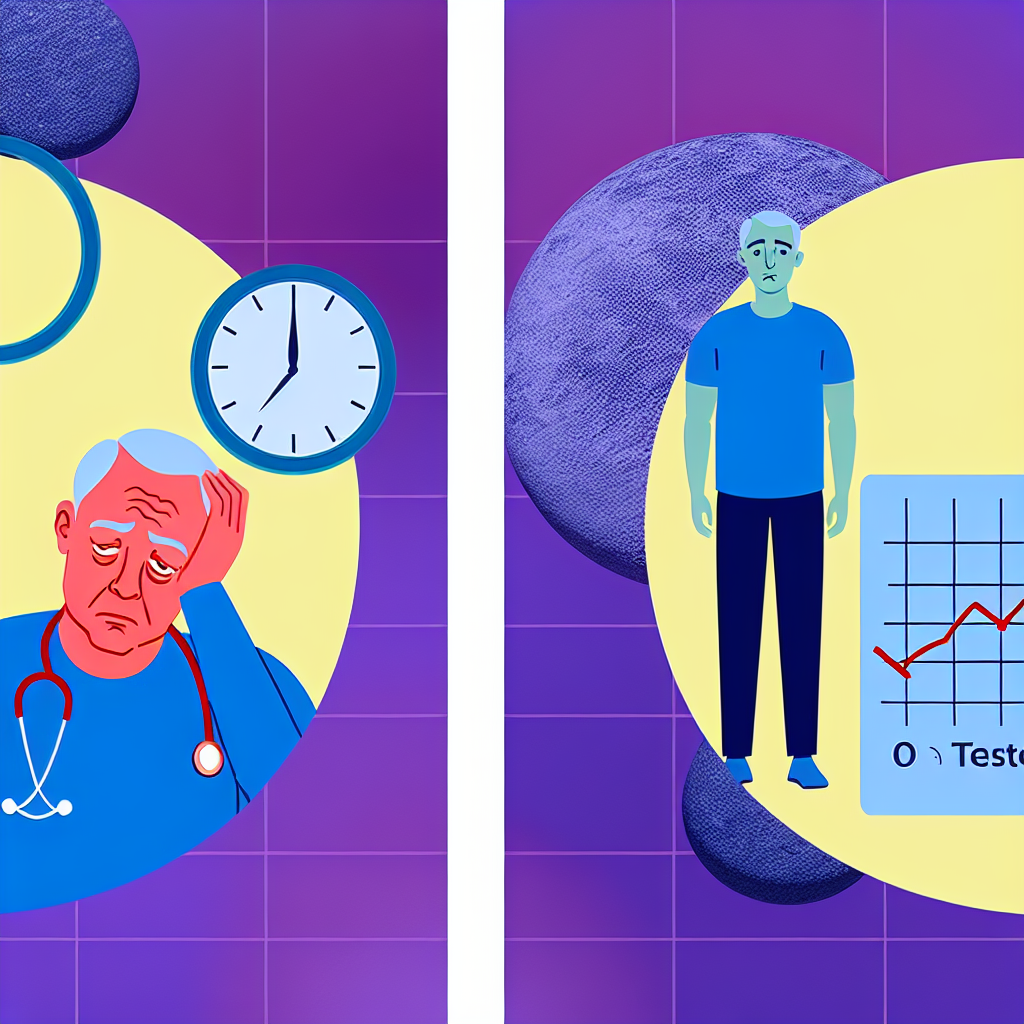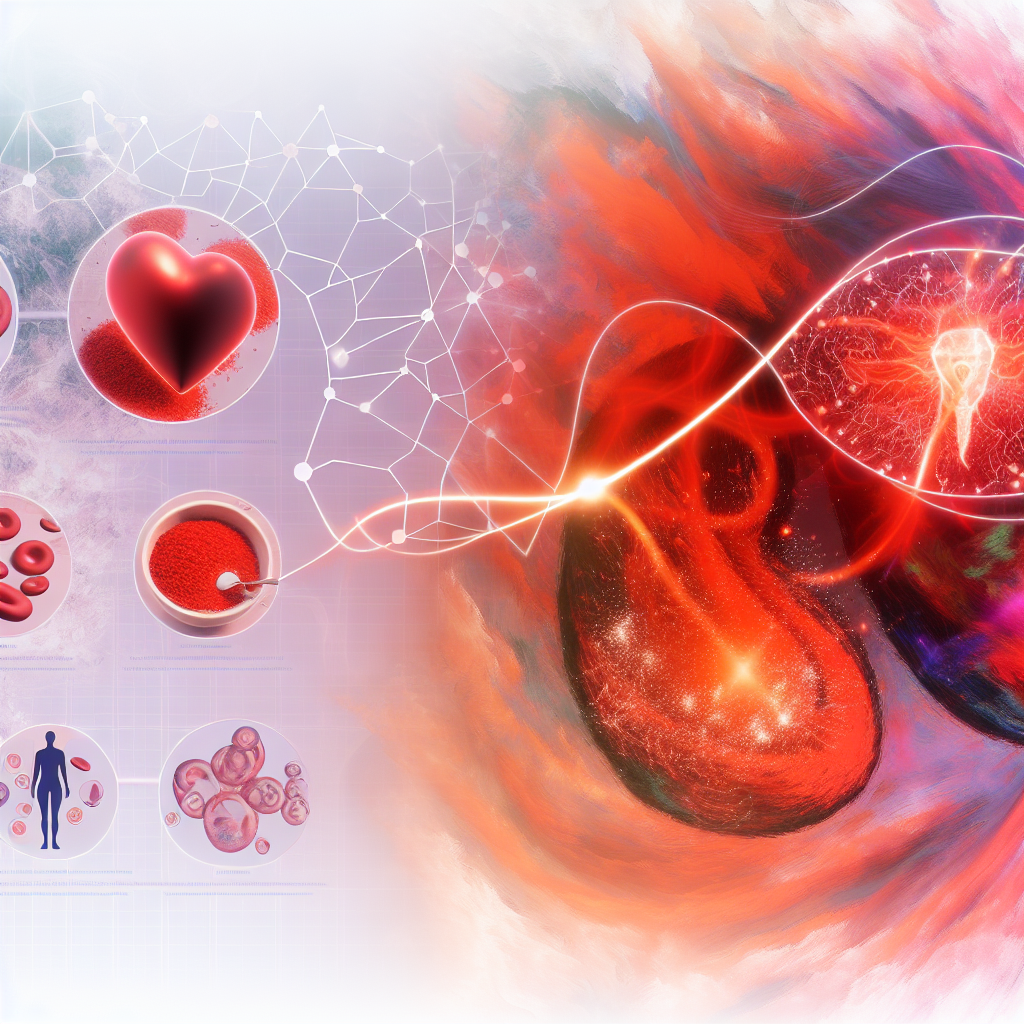Modern PE Therapy: Beyond Basic Techniques – Cutting-Edge Solutions for Lasting Control
Introduction
Premature ejaculation (PE) is one of the most common sexual health concerns among men, affecting approximately 30-40% of males at some point in their lives. While often associated with younger men, PE can persist into older adulthood, impacting self-esteem, relationships, and overall well-being. The condition can be influenced by psychological factors such as anxiety, as well as physiological causes like serotonin imbalances and heightened penile sensitivity.
Traditionally, PE treatments have centered on basic behavioral techniques such as the start-stop method and the squeeze technique. While these methods have provided relief for many, they do not always offer long-term solutions. Over the years, the field of sexual medicine has advanced significantly, bringing forth cutting-edge therapies that address the root causes of PE with greater precision.
Modern PE therapy incorporates pharmacological treatments, innovative medical technology, and psychological interventions that surpass traditional approaches. From selective serotonin reuptake inhibitors (SSRIs) to pelvic floor therapy and regenerative treatments like platelet-rich plasma (PRP) injections, new methods are reshaping the landscape of PE management.
This article explores the latest advancements in PE therapy, providing insight into how modern science is offering hope to men seeking long-lasting, effective solutions. Whether you are a teenager experiencing occasional early climaxing or a senior seeking to enhance sexual performance, this guide will introduce you to the next evolution of PE treatment.
Modern PE Therapy: Scientifically Backed Approaches
1. Pharmacological Innovations – SSRIs, Topical Anesthetics, and PDE5 Inhibitors
One of the most significant developments in PE treatment is the use of SSRIs (Selective Serotonin Reuptake Inhibitors) such as dapoxetine. Originally designed for depression, these medications have been found to delay ejaculation by affecting serotonin levels in the brain. Clinical studies show that dapoxetine can extend intravaginal ejaculation latency time (IELT) significantly, with a 3-5 times increase over baseline ([PMID: 21793836](https://pubmed.ncbi.nlm.nih.gov/21793836/)). Other SSRIs, such as fluoxetine and sertraline, have also been prescribed off-label for PE treatment.
Topical anesthetics, such as lidocaine and prilocaine creams, are another modern therapeutic tool. By numbing penile sensitivity, they help men last longer without affecting overall sexual pleasure. Clinical trials support their efficacy, demonstrating that these creams can significantly improve IELT without causing major side effects ([PMID: 28792957](https://pubmed.ncbi.nlm.nih.gov/28792957/)).
PDE5 inhibitors like sildenafil (Viagra) and tadalafil (Cialis), primarily used for erectile dysfunction, have also been explored for PE treatment. Research suggests that by improving control over ejaculation through increased penile blood flow and relaxation, these medications may benefit men struggling with both PE and erectile dysfunction ([PMID: 23379980](https://pubmed.ncbi.nlm.nih.gov/23379980/)).
2. Pelvic Floor Therapy – Strengthen Key Muscles for Ejaculatory Control
Pelvic floor muscle (PFM) training has gained traction as a natural, non-invasive therapy for PE. The pelvic floor muscles play a critical role in ejaculation, and strengthening them can help men gain better ejaculatory control. A study in the *International Journal of Andrology* found that after 12 weeks of PFM exercises, over 80% of participants reported significant improvements in ejaculatory control ([PMID: 19863546](https://pubmed.ncbi.nlm.nih.gov/19863546/)).
Kegel exercises and guided pelvic therapy sessions led by specialized physiotherapists can help men develop better control over their ejaculation reflex. Modern therapy techniques combine biofeedback devices that provide real-time muscle activation tracking, optimizing results for patients ([PMID: 24463634](https://pubmed.ncbi.nlm.nih.gov/24463634/)).
3. Platelet-Rich Plasma (PRP) Therapy – A Cutting-Edge Regenerative Treatment
PRP therapy, widely used in sports medicine and aesthetic medicine for tissue regeneration, is now being explored in sexual health treatments. This technique involves extracting a patient’s blood, concentrating the platelets, and injecting them into penile tissue to promote healing and improved function.
Studies suggest PRP therapy enhances penile blood flow and nerve sensitivity regulation, potentially helping men struggling with PE ([PMID: 29757794](https://pubmed.ncbi.nlm.nih.gov/29757794/)).
While still in the experimental stages, early findings indicate PRP injections can improve sexual confidence and performance, potentially leading to better ejaculatory control through enhanced tissue function.
4. Cognitive Behavioral Therapy (CBT) and Mindfulness – Mastering the Mental Game of Ejaculation Control
Ejaculation is not solely a physical reflex—psychological and emotional factors play a critical role in PE. Cognitive Behavioral Therapy (CBT), a structured approach designed to address anxiety, negative sexual thought patterns, and performance pressure, has been shown to help PE patients significantly.
Research indicates that men undergoing CBT for 8-12 weeks experience improved ejaculation control and reduced stress-related performance issues ([PMID: 17069442](https://pubmed.ncbi.nlm.nih.gov/17069442/)).
Additionally, mindfulness meditation has gained popularity as an effective method for helping men train their minds to stay focused during sexual activity, reducing the likelihood of stress-induced premature ejaculation. Studies suggest mindfulness-based practices successfully increase IELT and improve sexual satisfaction ([PMID: 29775394](https://pubmed.ncbi.nlm.nih.gov/29775394/)).
Conclusion – The Future of PE Treatment Is Here
The landscape of premature ejaculation treatment has evolved far beyond traditional behavioral techniques. While classic methods like the start-stop and squeeze techniques still hold some value, modern approaches offer long-term, evidence-based solutions.
Men now have access to comprehensive treatment options, including:
– Pharmacological solutions like SSRIs, PDE5 inhibitors, and topical anesthetics
– Physical therapies such as pelvic floor strengthening with biofeedback
– Regenerative medicine innovations like PRP injections
– Psychological treatments such as CBT and mindfulness techniques
As research in sexual medicine continues to advance, individuals dealing with PE can now find treatments tailored to their specific needs—whether they prefer medical, physical, or psychological approaches.
If PE is affecting your confidence or relationships, consulting a healthcare professional can help you determine the best approach for lasting results. By embracing modern treatments, men of all ages can regain confidence, enhance sexual performance, and improve their overall quality of life.
Summary:
The article explores the latest advancements in premature ejaculation (PE) treatment, including pharmacological solutions like SSRIs and topical anesthetics, pelvic floor therapy, regenerative treatments like PRP injections, and psychological interventions such as cognitive behavioral therapy and mindfulness. These modern, evidence-based approaches offer men comprehensive, long-term solutions for managing PE and improving their sexual health and well-being.

Dominic E. is a passionate filmmaker navigating the exciting intersection of art and science. By day, he delves into the complexities of the human body as a full-time medical writer, meticulously translating intricate medical concepts into accessible and engaging narratives. By night, he explores the boundless realm of cinematic storytelling, crafting narratives that evoke emotion and challenge perspectives. Film Student and Full-time Medical Writer for ContentVendor.com




